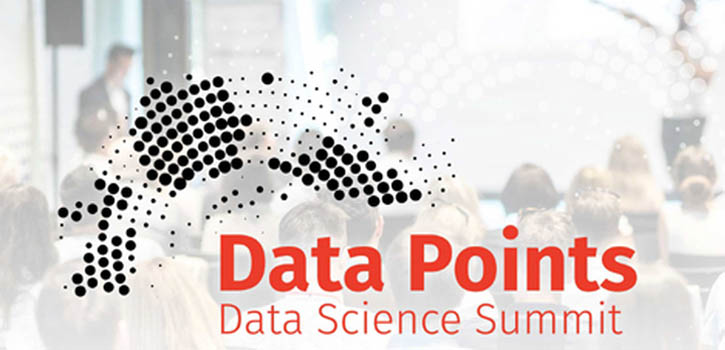Five Trends in Personalization Algorithms for 2021
The lack of skilled IT workers is hurting the deployment of emerging technology, according to a new survey from Gartner. In areas from cloud to cybersecurity, this crisis is expected to last for years to come.

This is because the ability to provide relevant content, product recommendations, advertisements and other digital experience elements directly impacts the B2C companies’ performance.
Although personalization capabilities are widely adopted across industries, customer communications and user interfaces include so many features that can be personalized and the orchestration of all these parts can be so sophisticated that most companies have a lot of room for improvement.
These improvements can pursue several objectives: supporting new use cases, replacing fragmented specialized solutions with centralized and omnichannel personalization platforms and decision engines, and improving the efficiency of personalization algorithms.
Advancements in machine learning enable the development of new types of personalization models and algorithms. These trends are based on projects Grid Dynamics completed for a number of Fortune 1000 companies from 2017–2020.
1: Prescriptive models
Many traditional marketing analytics and personalization methods use predictive modeling to score customers. For example, customers can be scored according to their probability of churning or converting on a website.
The typical problem with this approach is that marketers struggle to choose the right action when they have multiple scores. There is a lot of interest in prescriptive models that recommend a specific optimal action with regard to a certain outcome, such as customer retention, and we expect companies to develop an increasing number of similar models.
2: Strategic optimization
Traditional personalization methods focus on immediate (myopic) outcomes, such as improving click-through rates. In reality, most companies are interested in building long-term relationships with customers, so they take optimal marketing actions within this strategic context.
This problem can be addressed using reinforcement learning methods that optimize sequences of actions rather than individual actions. Adopting such techniques is challenging on a practical level, but more and more companies are experimenting with the process.
3: Plug-and-play platforms
Another benefit of reinforcement learning is the ability to create plug-and-play personalization platforms that learn directly from production event streams. This sharply reduces the engineering and data science effort associated with the development and productization of personalization models, but the industry lacks mature open-source platforms that enable this approach.
Several reasonably good frameworks exist that a few companies already use in production, and we expect this trend to continue.
4: Hybrid data
Many personalization and recommendation algorithms use only one type of data, such as behavioral histories or textual product descriptions.
In practice, it is beneficial to combine multiple heterogeneous data sources, such as clickstream events, product images and textual descriptions. This is challenging to accomplish efficiently using traditional methods, but companies increasingly adopt deep learning methods that allow them to create hybrid-input recommendation and personalization systems.
5: Event-level models
Traditional modeling techniques rely on aggregated customer statistics, such as the total number of purchases over the last month. The disadvantage of this approach is that the temporal dynamics of customer activity are usually lost in aggregation.
Deep learning models can consume raw event sequences and thus avoid the limitation of aggregation. These methods are expected to be widely adopted in the next couple of years.
Originally Published On: https://www.eweek.com/big-data-and-analytics/five-trends-in-personalization-algorithms-for-2021/
Share your comments on this Article:(0)
Leave a Reply
